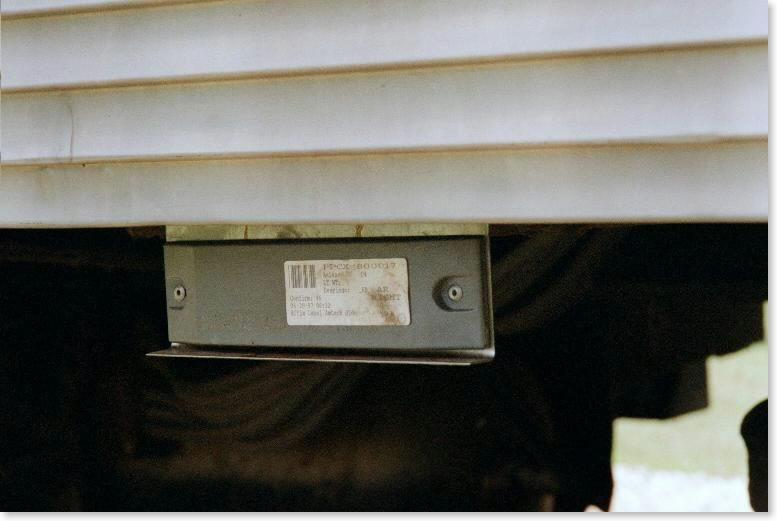Mechanical Liaison Officer's Report - Operation of Private Cars at Speeds up to 125 MPH on Amtrak (5/16/01)
- aaprcosocialmedia
- Aug 24, 2024
- 2 min read
Subject: Operation of Private Cars at Speeds up to 125 MPH on Amtrak (5/16/01)
AAPRCO has requested that Amtrak approach the Federal Railroad Administration (FRA) about a waiver of the Track Safety Standards requiring instrumented wheel set testing for any non-grandfathered vehicle that desires to operate at Class 6 speeds or above. Amtrak has agreed to approach FRA for such a waiver for private cars under certain specific conditions.
It was our understanding that Amtrak would qualify certain car types and then umbrella similar types for each category. Amtrak has decided not to do so. Instead, all car owners interested in operating at speeds up to 125 mph must provide certain information about each car and be prepared to have each car tested on the Northeast Corridor at speeds between 110 and 125 mph. If necessary, certain representative cars may need to have a static lean test performed to insure the car(s) may safely operate at a four inch cant deficiency. It is estimated the cost of the various tests will be in the $100,000 range. Some or all of the testing costs may be absorbed by Amtrak, or may be split among the car owners who have cars being tested.
George Binns, Amtrak’s General Manager Mechanical Standards & Compliance has requested that AAPRCO collect certain information about your cars from each of you and then formally submit it to him for his use in dealing with FRA. To get the process moving, it is important we have this information before the end of May. Actual testing will take place during the next few months. Cars must have a current PC-1, PC-2 or PC-2a and be qualified to operate at speeds up to 110 mph. Cars must have disc, or disc and tread brakes. Tread brakes alone will not be allowed to operate above 110 mph. Amtrak feels that too much of the heat dissipation is present in the wheel tread at 125 mph to allow safe operation. Car owners should be aware that cars operating between 110 and 125 mph will encounter higher maintenance costs and will wear out discs more quickly than is currently the case.
The information required for each car wishing to be qualified follows:
1. A brief history of the car, including when and where built, by what company, and any subsequent rebuilds that affect roadworthiness, with accompanying details.
2. For the most recent three to five years, a history of where the car has operated, especially if it has operated in the Northeast Corridor.
3. The number of wheels, the weight of the car, the center plate loading capacity (this information is generally cast into the truck bolster) and the size of your bearings. If your bearings are of a marginal size, then you may not qualify.
4. Photographs of your car’s trucks.
5. Manufacturer’s drawings of your car’s trucks. If you do not have them, Amtrak advises these are available from GSI.
6. A diagram of the car’s interior configuration, similar to the kind shown in the Charter Guide. It need not be a precise drawing.
7. Information on where the car is located.
All information should be sent to:
Paul DeVerter
1301 McKinney
Suite 5100
Houston, TX 77010-3095.
Paul L. DeVerter II


Comments